Kimber Montana 308, 14&1/4" barrel, Swarovski 3-9x36 & DPT Mk1.... still a 300yd rifle if your that way inclined
130g Barnes's & fast burning 2206H at 2,833fps
Kimber Montana 260, 20" barrel & Swarovski 3-10x42 BRX .....interesting to note that the extra 5&1/2" of barrel
almost weighs the same as the DPT on the 308
Kimber Montana 7m08, 22" barrel & Swarovski 3-9x 36
The very last Montana left in the country after Kimber stopped sending them down here, so I bought it to sit on.
It's only fired 6 sighting in shots + 3 more to check their 1MOA guarantee, which it passed.
Edit to note, all are wearing Talleys lightweight rings
Welcome guest, is this your first visit? Create Account now to join.
Welcome to the NZ Hunting and Shooting Forums.
Search Forums
User Tag List
+ Reply to Thread
Results 91 to 105 of 150
Thread: Show me your lightweight rifle
-
01-02-2024, 01:11 PM #91
Last edited by NIMROD; 01-02-2024 at 01:21 PM.
-
-
01-02-2024, 02:12 PM #92Member

- Join Date
- Dec 2011
- Location
- Lower Hutt
- Posts
- 406
Sensing a theme there Nimrod! Nice rifles.
Getting older is compulsory, growing up is entirely optional.
-
01-02-2024, 04:10 PM #93
-
01-02-2024, 04:16 PM #94
-
01-02-2024, 05:03 PM #95
-
01-02-2024, 07:31 PM #96
-
01-02-2024, 08:07 PM #97
-
01-02-2024, 08:39 PM #98
-
01-02-2024, 08:43 PM #99
11" 7mm08 Rem 700, haven't actually weighed yet as I'm waiting for a lighter rear stock, should be 3kg or just under
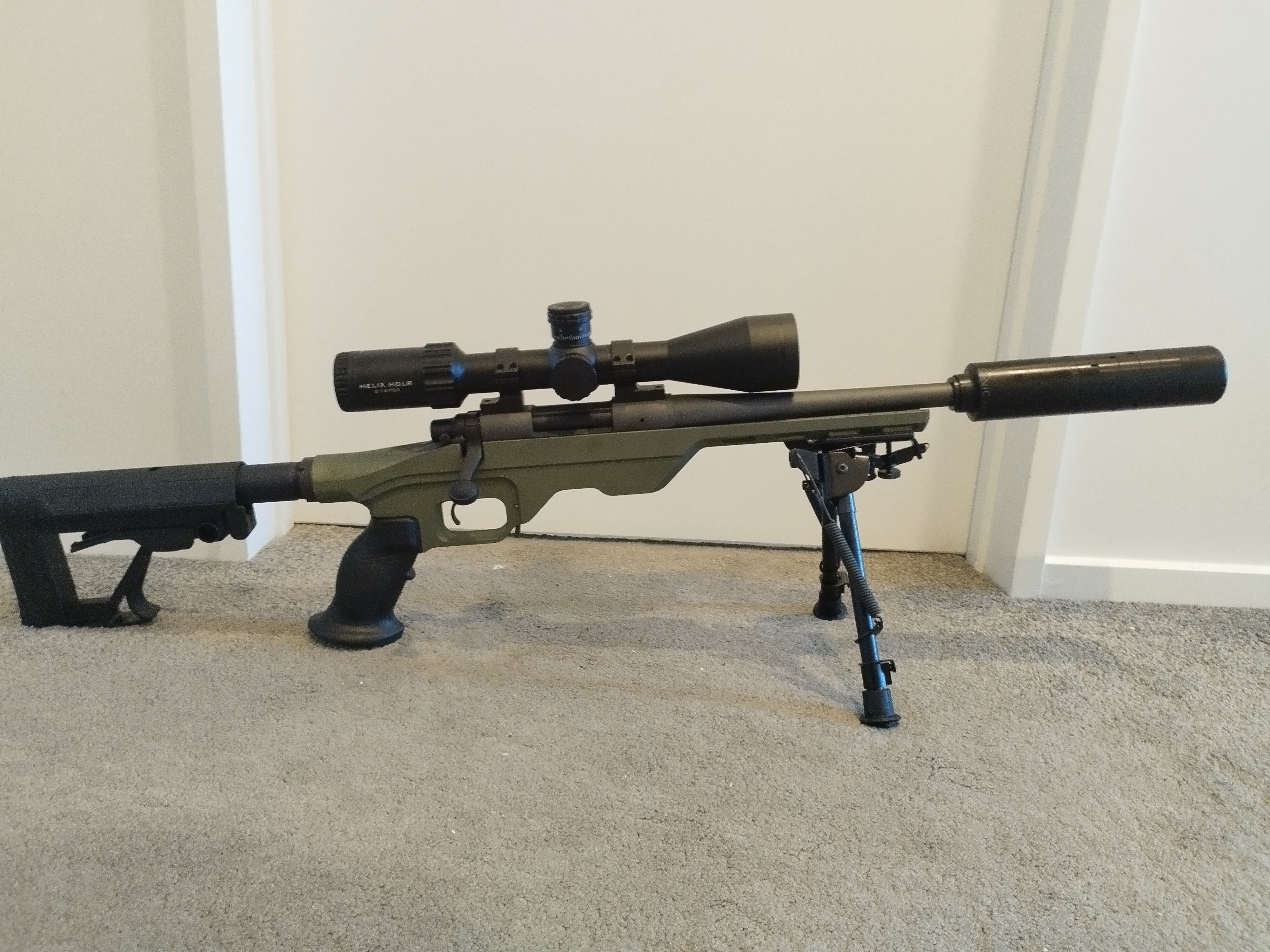
-
01-02-2024, 11:31 PM #100Member

- Join Date
- Sep 2019
- Location
- Invercargill
- Posts
- 177
Greg at Custom Guns had a Kimber Hunter Pro in stock. Still on his website
https://customguns.co.nz/308-kimber-...-desolve-blak/
-
02-02-2024, 04:23 AM #101Member

- Join Date
- Nov 2022
- Location
- Auckland
- Posts
- 634
Thats a bit of an old wives tale really & if anything the opposite is true, the fastest velocity will always be achieved by compressing the slowest burning powder you can fit into a given cartridge. If you can select a slower powder that just barely gets you to your maximum pressure with a very full / compressed load, its always going to have better velocity than a faster burn rate powder that doesnt fill the case entirely. Think of it as the projectile getting a short sharp push with the faster burning powder, vs a push that has the same peak force but lasts longer with the slower burning powder. Even with a very short barrel the principal remains the same as the majority of the combustion process/peak pressure happens in the first couple of inches of barrel.
Your 130gr barnes/2206h combination would still need the best part of 30 inches of barrel to be burning the powder charge in its entirety before the muzzle. Peak combustion pressure has a far bigger impact on how fast the charge will burn, drop the charge weight back a couple of grains and you will then need a much longer barrel to burn all the powder. As you go up in powder charge & pressure increases, so does the speed of combustion.
One of the main reasons 2209 would burn more powder after the muzzle in a short barrel isnt so much that its a slower burning powder (although it does have some effect certainly), but the fact that its more dense & you cant get enough in the case with that same 130gr projectile, so you cant achieve the same pressure & therefore burn speed as you would with 2206h. Without the peak pressure going as high, the powder charge burns much slower as a whole & you get the big flame show.
-
02-02-2024, 11:56 AM #102
Very insightful thankyou 6.5 CRD...... How would that bigger muzzle flash affect the suppresser life ?
Sorry for highjacking the thread
-
02-02-2024, 12:19 PM #103Member

- Join Date
- Nov 2022
- Location
- Auckland
- Posts
- 634
One would have to imagine the more powder thats being burnt in the supressor/post muzzle, the harder its going to be on the baffles in the supressor.
-
02-02-2024, 01:31 PM #104Member

- Join Date
- Jan 2018
- Location
- Christchurch
- Posts
- 726
Definitely don't want to derail this thread either, but it is useful to add that I've read a lot about this and there's some useful things to know about powder deflagration. First, all of the powder THAT IS GOING TO BE BURNT is consumed in the first few inches of the barrel regardless of burn rate. What the barrel does is contain the expanding gases to push the projectile out of the bore - longer barrel equals longer push. One of the criticisms of Quickload (and GRT) is that the percentage of powder burnt indicator implies that this is a variable where the aim should be to achieve close to full burn. This isn't something the end user can control at all. There will always be some unburnt kernels blasted out of the end of the barrel as part of the ejecta.
That leads nicely to the next point - muzzle flash etc is not powder burning outside of the muzzle. It is high pressure and high velocity gas igniting on contact with the oxygen in the atmosphere outside the the bore. What you definitely do get with a relative slower burn rate compared to a faster one is higher muzzle pressure (because of that bigger push) - all other things being equal. This can be either a useful thing (higher muzzle velocity, higher port pressure to operate semi or full auto firearms) or a bloody nuisance (more 'wear' per shot in a suppressor, bigger boom without).
This 'common sense' misunderstanding of internal ballistics (that shorter barrels needs faster powder) needs to be challenged as it could lead the unwary handloader into very dangerous territory. Always consult the handloading manuals. The optimal range of powders for use in a given situation is determined by case capacity relative to the bore size, and further moderated by projectile weight and composition.
If anyone wants to know more about any of this, the Hornady podcasts that focus on the scientific aspects of shooting are really good I think. The ones that focus on maths and statistical validity are the most useful, but that's definitely a subject for it's own thread!!!
-
02-02-2024, 02:48 PM #105
These ideas never die. Here we are 10 years ago on the same topic.

https://www.nzhuntingandshooting.co....eve-not-13836/Just a slopy retrobate
Tags for this Thread
Welcome to NZ Hunting and Shooting Forums! We see you're new here, or arn't logged in. Create an account, and Login for full access including our FREE BUY and SELL section Register NOW!!





 526Likes
526Likes LinkBack URL
LinkBack URL About LinkBacks
About LinkBacks
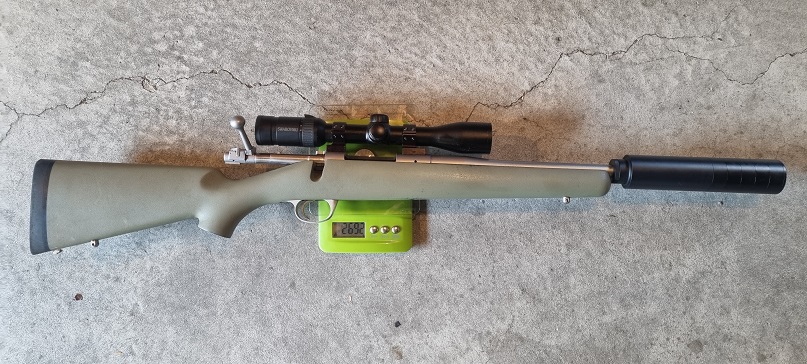
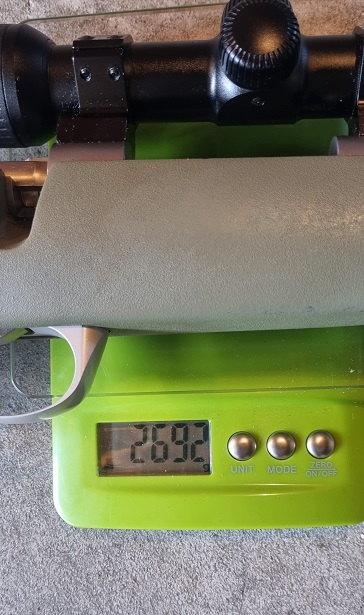
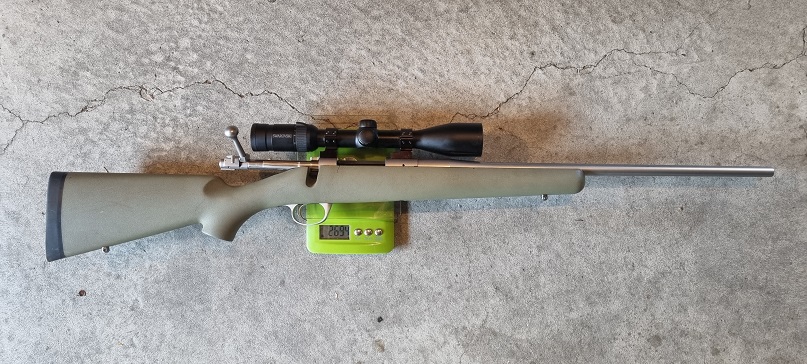
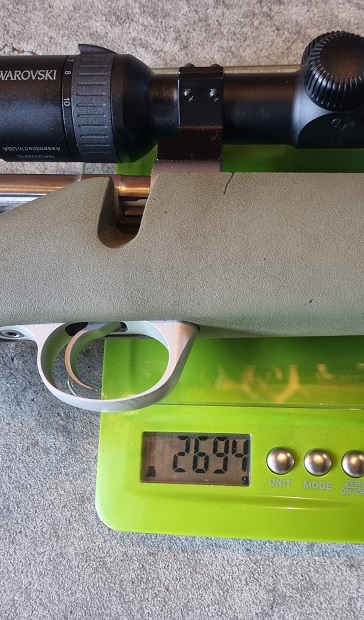
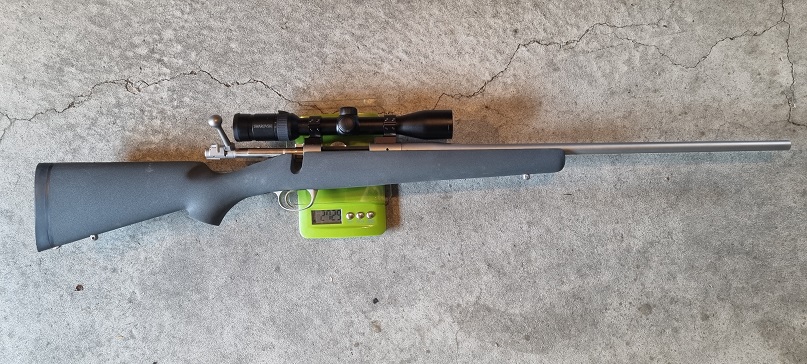
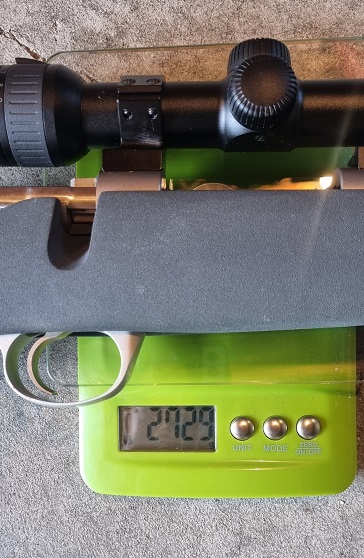




 Reply With Quote
Reply With Quote



Bookmarks